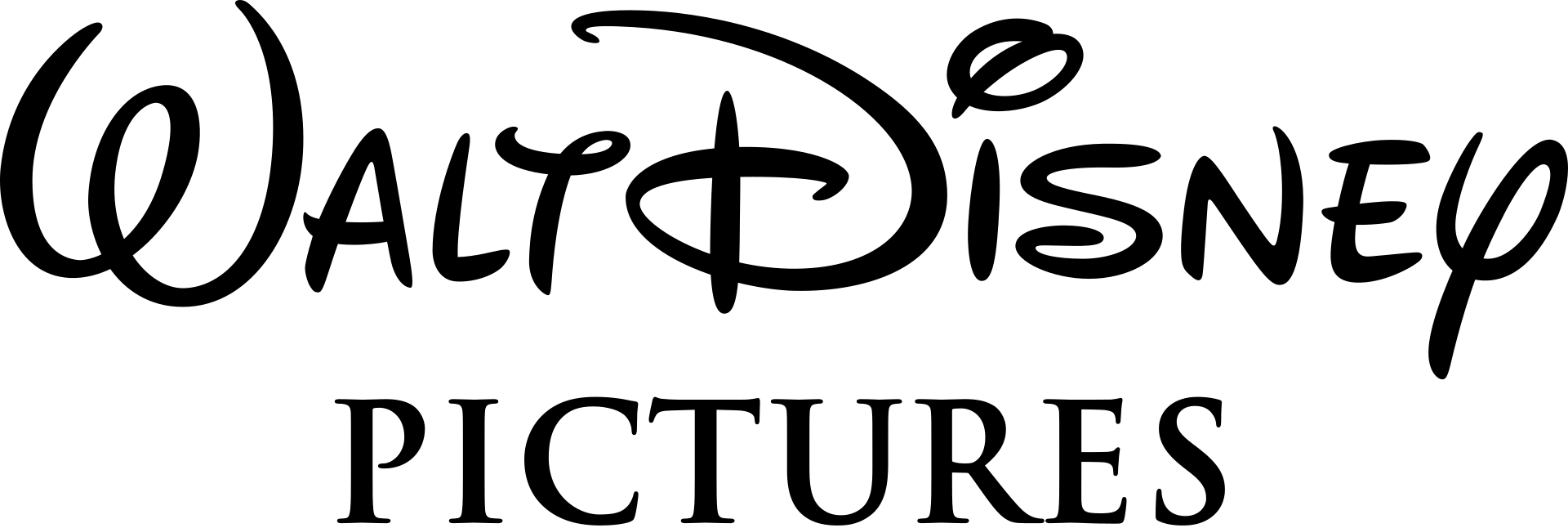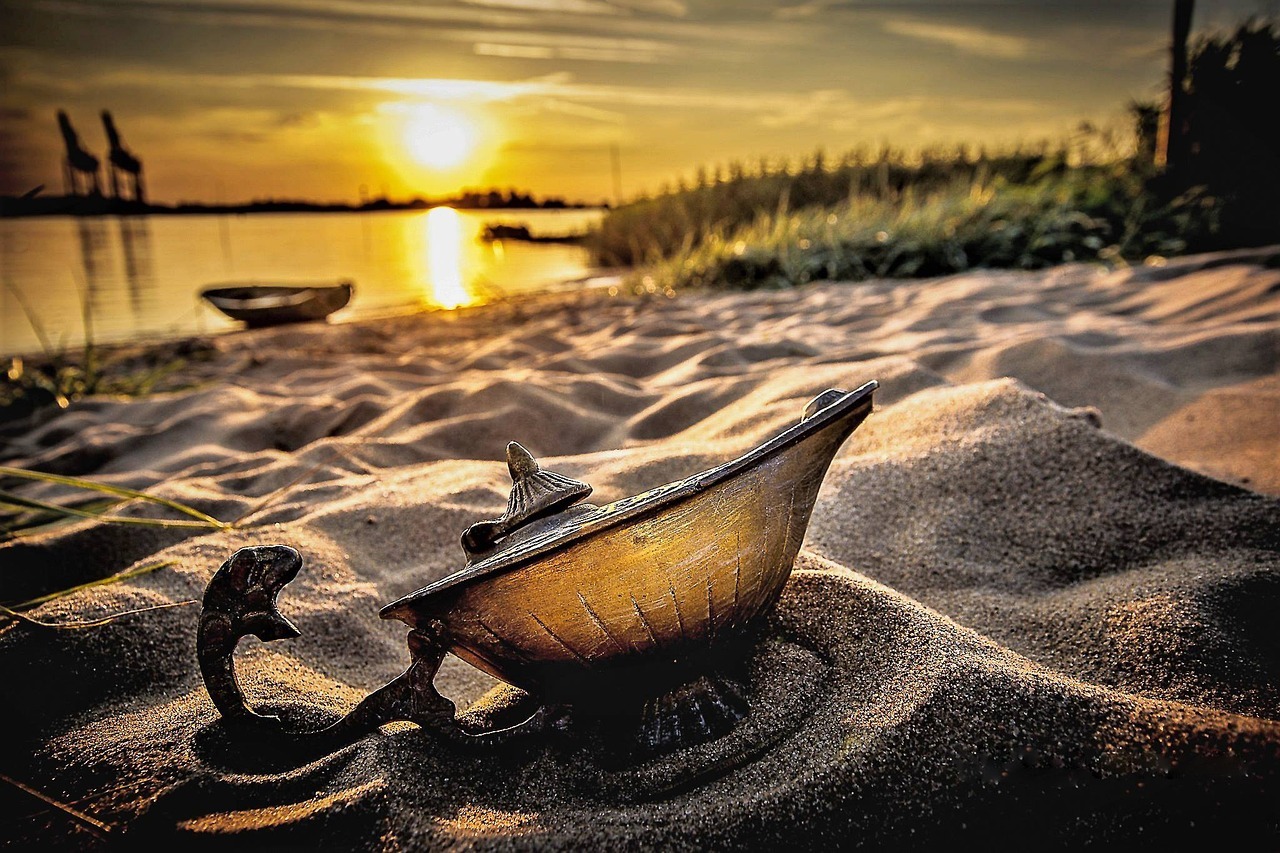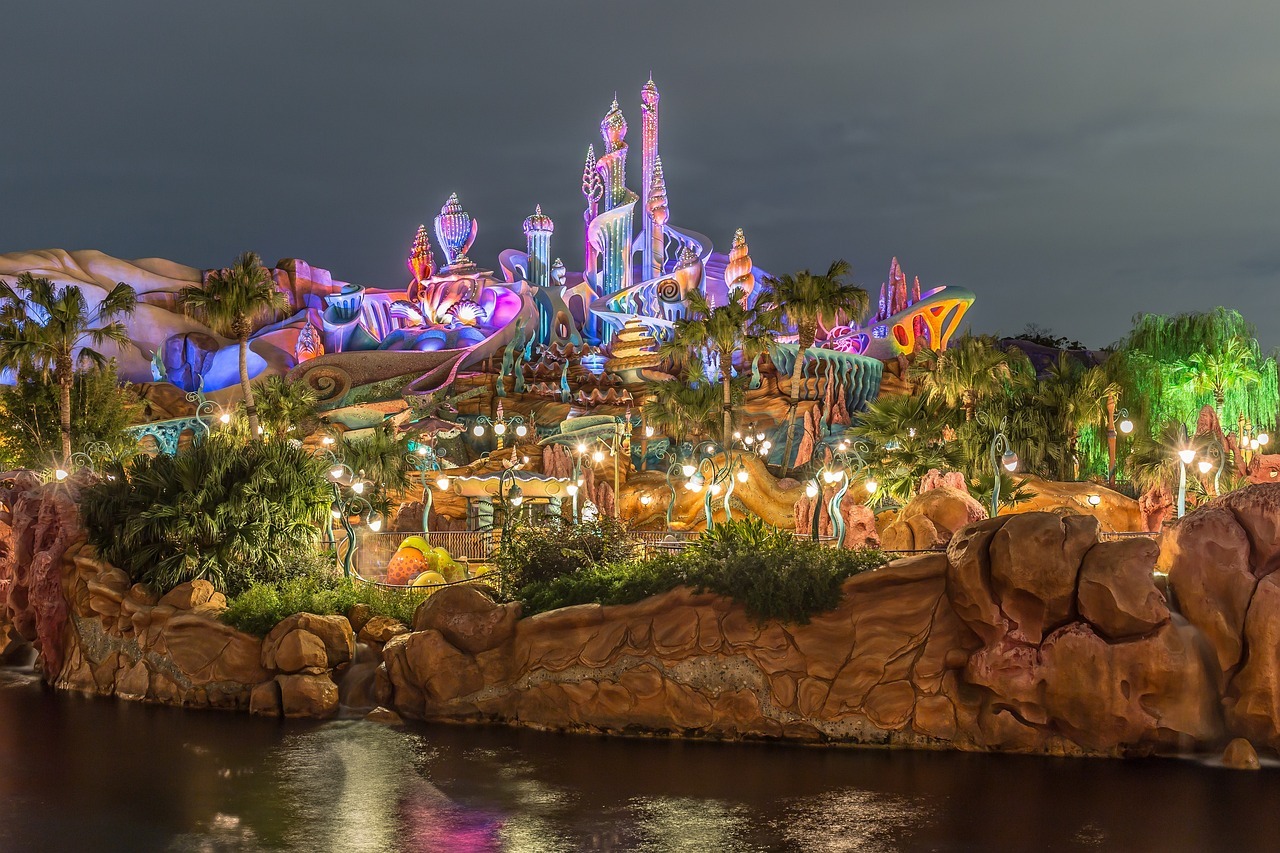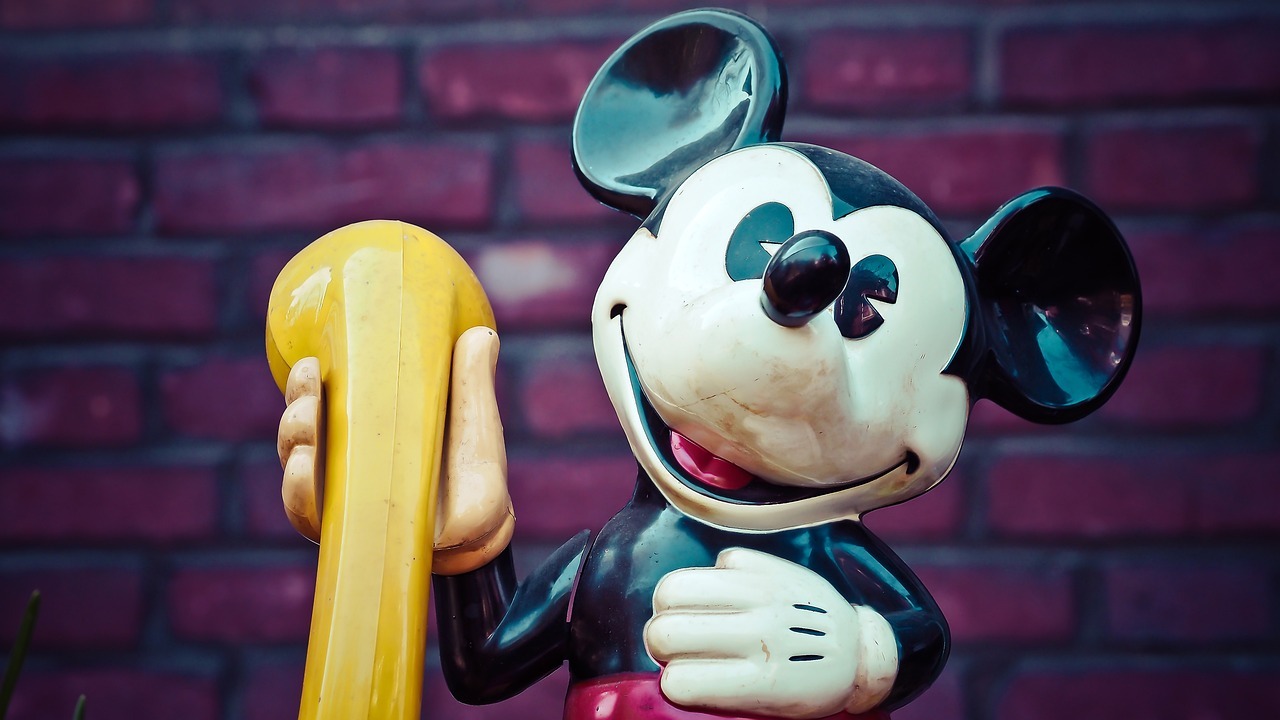Disney movies are more than just entertainment; they are a reflection of the diverse tapestry of cultures and traditions from around the world. The portrayal of different cultures in Disney movies has evolved significantly over the decades. In its early days, Disney’s approach to cultural representation was often simplistic and influenced by the prevailing attitudes of the time. Early Disney classics, while groundbreaking in animation and storytelling, reflected a limited and often Western-centric view of other cultures.
For instance, movies like “Peter Pan” (1953) and “The Jungle Book” (1967) have been criticized for their stereotypical portrayal of indigenous and Asian cultures, respectively.
However, as society’s awareness and appreciation of cultural diversity grew, so did Disney’s approach to cultural representation. By the late 20th and early 21st centuries, Disney began to put a more significant emphasis on cultural authenticity and sensitivity. This shift is evident in movies like “Mulan” (1998), which was praised for its closer adherence to Chinese culture and history, despite some artistic liberties. Similarly, “The Princess and the Frog” (2009), set in New Orleans, showcased African-American culture and was a landmark film as it introduced Disney’s first African-American princess.
Disney Movies and Cultural Representation
“Aladdin” and Middle Eastern Culture
“Aladdin” (1992), set in the fictional city of Agrabah, drew inspiration from a melange of Middle Eastern and South Asian cultures. While the movie was celebrated for its memorable music and vibrant animation, it also faced criticism for its amalgamation of diverse cultures into a singular, indistinct representation. Critics pointed out inaccuracies in costumes, architecture, and even language, arguing that these elements contributed to a homogenized and exoticized portrayal of a rich and diverse region.
“Mulan” and Chinese Traditions
“Mulan” (1998) marked a significant step towards cultural authenticity for Disney. Based on an ancient Chinese legend, the movie was praised for its strong female protagonist and for incorporating elements of Chinese culture, such as filial piety and honor. However, it also received criticism for historical inaccuracies and for blending various Chinese dynasties’ elements. Despite these criticisms, “Mulan” is often lauded for bringing Chinese folklore to a global audience.
“Moana” and Polynesian Heritage
“Moana” (2016) stands out for Disney’s efforts in cultural authenticity. The creation of the movie involved extensive research and consultation with experts from the Pacific Islands. This resulted in a movie that celebrates Polynesian culture, mythology, and seafaring heritage. The depiction of Moana as a strong, independent leader also provided a positive role model and broke away from typical Disney princess stereotypes.
“Coco” and Mexican Day of the Dead
“Coco” (2017), centered around the Mexican holiday Día de Muertos (Day of the Dead), is another example of Disney’s commitment to cultural authenticity. The movie was commended for its respectful and vibrant portrayal of Mexican traditions, family values, and the afterlife concept. By collaborating with cultural consultants and Mexican artists, Disney succeeded in creating a film that resonated with audiences worldwide and celebrated Mexican culture in a heartfelt and authentic manner.
“The Lion King” and African Culture
“The Lion King” (1994), set in the African savanna, presented a unique blend of breathtaking landscapes and a story inspired by various elements of African culture. However, it drew criticism for not authentically representing the diverse cultures and peoples of Africa, instead opting for a more generalized and animal-centric portrayal. Despite this, the movie’s use of African-inspired music and art styles has been praised for bringing a taste of African aesthetics to a global audience.
“Pocahontas” and Native American Culture
“Pocahontas” (1995) was Disney’s attempt to tell a story based on the history of Native American people. The movie faced considerable scrutiny for its historical inaccuracies and romanticized portrayal of the relationship between Pocahontas and John Smith. Critics argued that it simplified complex cultural and historical events. However, the film is notable for its efforts to include Native American actors and consultants during production, which was a step towards cultural sensitivity.
“Frozen” and Scandinavian Culture
“Frozen” (2013), while primarily a fantasy movie, includes elements inspired by Scandinavian culture and landscapes. The fictional kingdom of Arendelle draws heavily from Norwegian architecture, clothing, and even Sami culture, as seen in the character design of Kristoff. The film’s setting and visual elements provide a glimpse into Scandinavian aesthetics, though it largely focuses on a universal story of sisterhood and self-acceptance.
Criticism and Controversy
While Disney movies have often been celebrated for their storytelling and animation, they have not been immune to criticism regarding cultural representation. These controversies primarily stem from accusations of cultural stereotyping, historical inaccuracies, and oversimplification of complex cultures.
Stereotyping and Cultural Insensitivity
One of the major criticisms faced by Disney is the stereotyping of certain cultures. For example, “Aladdin” was criticized for its portrayal of Arabs as barbaric and uncivilized. Similarly, “Peter Pan” faced backlash for its caricatured depiction of Native Americans. These stereotypes not only misrepresent cultures but also contribute to perpetuating harmful myths and prejudices.
Historical Inaccuracies
Disney’s approach to historical storytelling has also been a point of contention. Films like “Pocahontas” and “Mulan” have been criticized for blending fiction with historical events, leading to a distorted representation of the true history and culture of the people they portray. While artistic liberties are common in storytelling, critics argue that such liberties should not come at the cost of misrepresenting historical truths, especially when depicting marginalized cultures.
Cultural Homogenization
Another issue is the tendency to homogenize diverse cultures into a single, generic representation. This is evident in movies like “The Lion King,” which, despite being set in Africa, lacks specific cultural markers that genuinely represent the continent’s diverse cultures. This homogenization risks reducing rich and varied traditions into a singular, often Western-influenced, narrative.
Positive Impact and Educational Value
Despite the criticisms, Disney movies have also made significant positive contributions in terms of cultural representation and education. These films have introduced audiences, especially children, to diverse cultures, traditions, and stories from around the globe, often sparking curiosity and empathy.
Fostering Cultural Awareness and Diversity
Disney movies have played a crucial role in bringing diverse cultural stories to a global audience. Films like “Moana” and “Coco” not only entertain but also educate viewers about the traditions, values, and beliefs of Polynesian and Mexican cultures, respectively. By showcasing these diverse narratives, Disney films can foster a greater understanding and appreciation of cultural diversity among viewers.
Breaking Stereotypes and Promoting Inclusivity
Recent Disney movies have made strides in breaking stereotypes and promoting inclusivity. “Mulan” challenged traditional gender roles, “The Princess and the Frog” featured Disney’s first African-American princess, and “Frozen” emphasized the importance of sisterhood over romantic relationships. These stories help in reshaping perceptions and promoting a more inclusive society.
Educational Engagement and Collaboration
Disney’s approach to cultural representation has evolved to include more extensive research and collaboration with cultural experts. This not only enhances the authenticity of the portrayal but also provides an educational platform for both the filmmakers and the audience. For instance, the production of “Moana” involved significant engagement with Pacific Islander communities, ensuring a respectful and accurate depiction of their culture.
Impact on Young Audiences
Disney movies often serve as one of the first exposures for children to different cultures and traditions. Through engaging narratives and relatable characters, these films can leave a lasting impact on young minds, encouraging empathy, curiosity, and a broader understanding of the world.
Final Words
While Disney has faced criticism for cultural stereotypes, historical inaccuracies, and homogenization, it has also made notable strides towards more authentic and respectful representations. The evolution of Disney’s approach reflects a broader societal shift towards valuing and understanding cultural diversity.
These films have not only entertained but have also opened windows to worlds that viewers might otherwise never have known. They foster empathy, break down stereotypes, and promote a message of inclusivity and understanding.




